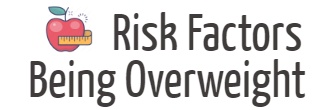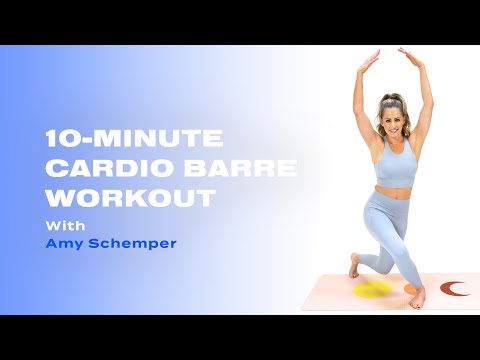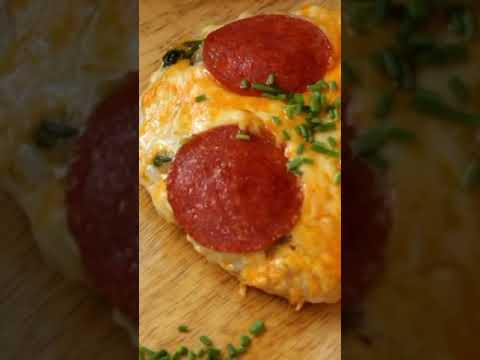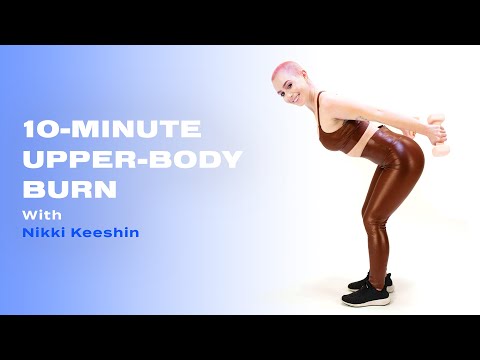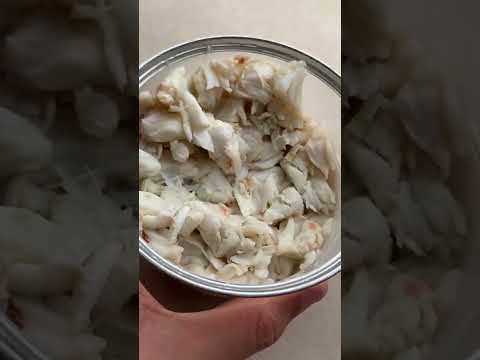Keto Diet What Is It, and Why Does It Work?
This article is a beginner’s guide to the keto diet; what is it, and why does it work? You can start a keto quickly, but first, you need to understand its essence?
You can start a Keto Diet quickly and easily, but first, you need to understand what it’s in essence? And why does it work? Starting a Keto Diet can seem complex and confusing, but it doesn’t have to be that way. Our focus here at Health Loop is to help you adapt to Keto Diet eating regimen as easily and stress-free as possible. That’s why we made these few videos as a detailed beginner’s guide to keto.
What is a Keto Diet?
A Ketogenic diet is a very low-carbohydrate, high-fat, moderate-protein diet. These three items–carbs, fat, and protein–are referred to as macronutrients, or macros for short. Macronutrients are defined as the essential vital substances required in relatively large amounts by all living organisms.
Carbohydrates are highly restricted on a Keto diet, which causes your body to enter a natural, biological state called ketosis.
Protein is a part of the Keto diet but should be kept at a moderate amount because your body converts excess protein into carbohydrates.
Fat is the largest portion of daily calories when one follows a ketogenic diet, and that is beneficial because it pushes your body to use its fat supplies as fuel. The fat in your Keto diet serves you to maintain the state of ketosis, helping you keep burning fat, but it also keeps you feeling satiated and not as hungry.
On a Ketogenic Diet, your macronutrient ratio should be:
•Fat should be at minimum 60 to 70% of your calories
•Carb at a maximum of 10% to 20% of your calories
•Protein target should be 20 to 25% of your calories
Note that the words used accurately describe your purpose–fat is a minimum, carbohydrates is a maximum, and protein is a target.
If on any given day you pass over on fat, you’ll be fine.
If you miss your target protein, you’ll be fine, too.
Still, if you surpass your maximum carbs, it will take you out of ketosis, and you will no longer be part of a Keto Diet.
A good starting point is 70% fat, 10% carbs, and 20% protein.
The essential thing to remember here is that you’ll train your body to burn fat with this macronutrient ratio, which means you’ll soon become a fat-burning machine, and weight loss will become effortless.
Let’s quickly address the old proverb “calories in and calories out” for weight loss. That’s right. If you consume more calories than you expend, you will gain weight. In the same way, if you eat fewer calories than you spend, you will start losing weight.
The way weight loss or weight gain goes depends on the macronutrients you consume, particularly on their calorie count. If you get too many carbs, your body will start storing the extra as fat, and you will get fatter. Not enough protein will cause you to lose muscle.
However, for the purpose of the Ketogenic Diet Plan, you need to stick to a proper ratio of the macros that will stimulate your body to burn fat while maintaining your muscle mass.
Why does a Keto Diet work?
A Keto diet works because it readapts your body to burn fat for fuel instead of relying on carbs as its primary fuel source.
When you are consuming a Standard American Diet (SAD), which is pretty high in carbohydrates, your body is getting used to relying upon those quick-burning carbs for fuel.
Foods like grains and sugar are the primary sources of carbohydrates in SAD. And no matter the type of carbs you consume, your body breaks those carbs down into glucose–an easy-to-use energy source.
The problem is, the amount of glucose that can safely linger in your bloodstream is small. For that reason, your body always uses this glucose first to protect your bloodstream from piling toxins.
When the glucose processing system doesn’t work properly, and your body can’t get down the glucose in your bloodstream to a safe level, the result is prediabetes or diabetes.
When you eat any carbohydrate, whether it is “good carbs” or “bad carbs,” your body produces insulin that helps you process those carbohydrates. Insulin has several key roles in the process of burning sugar, or glucose for fuel.
One of its roles is to tell your body’s cells to take in glucose. And if your cells don’t need that glucose for energy right now, your body starts storing it in your muscles and liver as glycogen. However, our bodies can reserve only a small amount of glycogen.
So what happens with the extra glycogen that you don’t use?
Insulin–the primary hormone responsible for sugar/glucose processing– tells your body to convert that glycogen into fat. This fat will be stored somewhere throughout your body for future use, and you will rely on it only when you do not have access to easy-to-burn carbohydrate-rich meals. However, it doesn’t have to be like this.
What happens if you deprive your body of these carbohydrates?
Without carbs as a quick fuel and excess insulin, your body will naturally start burning the fat it has been storing for just such a time. It starts using the food you eat and the extra fat stored in your body as a fuel source.
You naturally switch your body system from being sugar/carb-burning to toward more advanced fat burning.
In a Keto diet, you shift your body to using fat for fuel by limiting your carb intake. By supplying plenty of fats, you tell your body that there is no risk of starvation, so it can burn off your fat stores, helping you to lose weight effortlessly.
In this process, vital substances called ketones are produced in the liver as a by-product of burning fat. Your brain can work as well as by using glucose (carbs) or ketones.
When your body starts to produce ketones, we refer to this process as ketosis. During ketosis, your brain’s primary fuel source becomes the ketones.
So, your goal on a Keto diet is to get into and stay in a “State of Ketosis.”
Being in ketosis is an entirely natural state for our bodies
As human beings evolved, sometimes our ancestors had access to lots of carbohydrates, such as when they found a beehive full of honey or when the fruit trees were in season.
During that period, their bodies would be fueled by glucose, and they’d be in a state of so-called glycolysis. During these periods of carbohydrate abundance, extra glucose would be stored as fat for the next time when easy food would lack.
When that inevitable time of hunger happened, their body would naturally switch to a state of ketosis to burn off that stored fat.
The more often your body switches between a state of glycolysis and a state of ketosis, the ease the transition becomes. That shift from being a carb-burning person to a fat-burning person is a skill that takes practice, and, as older people say, practice makes perfectness.
Sadly, carbohydrates are never deficient in a Standard American Diet (SAD), so we almost never switch to ketosis, where our bodies can quickly burn fat.
A Keto diet resolves that problem. We can take advantage of a diet like this that utilizes our body’s base systems for survival to reach natural and fluent weight loss.
Final Words: Keto Diet What Is It?
That was an essential part of all you need to know regarding what the keto diet is, and why does it work?
Let’s summarize: Two simple factors that make keto work.
#1 It naturally reduces calorie consumption
The keto diet encourages eating highly satiating whole foods and decreases your craving for appetite-stimulating processed foods. Therefore, many people report feeling full throughout the day without consuming as many calories as before. This spontaneous reduction in calorie intake typically results in weight loss and the improvement of various biomarkers linked to type 2 diabetes and heart disease.
#2 It increases ketone use
Ketones are created when there is not enough sugar or glucose to supply the body’s fuel needs. They are produced in the liver from the breakdown of fats—keeping the state of ketosis during the keto diet forces this process to develop and work for us. Many positive effects happen throughout our body when we burn ketones for fuel, including brain health optimization, increased energy levels, and appetite reduction.
The most important thing right now is actually to get started on your new keto way of eating.
Please keep it simple and enjoy the journey.
You’ll pick up the details as you go along.
